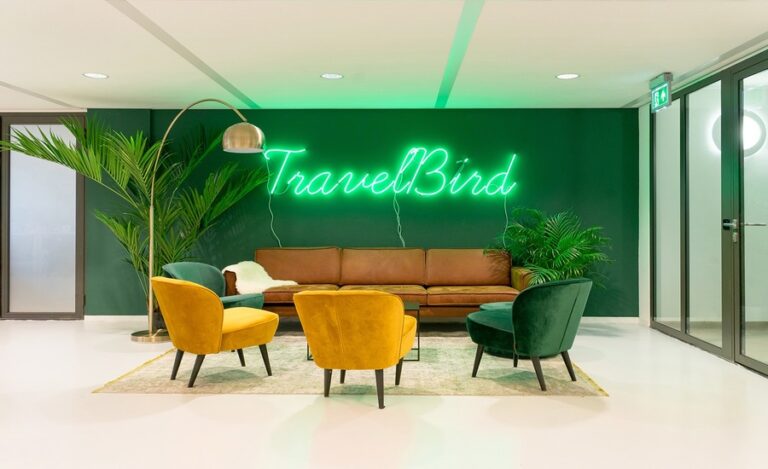Creating a Positive Home Environment: A Guide to Finding Your Perfect Space
Our home environment plays a crucial role in our overall well-being and happiness. It’s more than just a roof over our heads; it’s a place where we recharge, relax, and create memories. For many, finding the perfect home is a journey filled with excitement and challenges. Whether you’re a first-time homebuyer or looking to relocate, creating a positive home environment starts with finding the right space that meets your needs and lifestyle.
Why Your Home Environment Matters
A positive home environment can greatly influence your mental and emotional health. It’s a space that should foster relaxation, creativity, and joy. Here are some key factors that contribute to a positive living environment:
- Natural Light: Homes with abundant natural light not only look more inviting but also boost mood and productivity. Studies have shown that exposure to natural light can improve sleep patterns, increase energy levels, and enhance overall well-being.
- Comfort and Functionality: Your home should be comfortable and cater to your daily needs. This means having enough space for all your activities, from cooking and working to exercising and entertaining. Functionality is key—spaces that are well-organized and designed for easy living contribute to a stress-free lifestyle.
- Connection to Nature: Whether it’s a backyard, a balcony, or even just a view of a green space, being connected to nature can have a calming effect. Access to outdoor spaces allows for fresh air and a change of scenery, which is beneficial for both physical and mental health.
- Personalization: A positive home environment is one that reflects your personal style and makes you feel at ease. From the colors on the walls to the decor, every element should speak to your tastes and make you feel at home.
Steps to Finding Your Perfect Home
Finding a home that aligns with your vision of a positive environment requires careful planning and consideration. Here are some steps to guide you through the process:
- Define Your Needs and Preferences: Before you start looking at properties, take time to outline what’s important to you. Consider your lifestyle, work-from-home needs, family size, and any specific features you want, such as a home office, a garden, or proximity to certain amenities.
- Set a Realistic Budget: Determine what you can afford by evaluating your finances, including savings, income, and potential loan options. Setting a realistic budget helps you focus on homes that are within your financial reach, making the search process more efficient.
- Choose the Right Location: Location is one of the most critical factors in home buying. Think about your daily routines, commute, and the type of neighborhood that would best suit your lifestyle. Whether you prefer the buzz of city life or the tranquility of a suburban area, finding the right location will significantly impact your happiness in your new home.
- Work with a Buyer’s Agent: Navigating the real estate market can be complex, especially when trying to find a home that ticks all the boxes. A buyer’s agent can provide expert guidance, help you identify suitable properties, and negotiate the best deals. They also assist with understanding the entire buying process, ensuring that every step is clear and manageable.
- Visualize Your Future in Each Space: When viewing potential homes, try to picture yourself living there. Consider how the space feels and whether it aligns with your vision of a positive home environment. Pay attention to the details that matter most to you, from room layouts to the amount of natural light each space receives.
Creating a Positive Environment in Your New Home
Once you’ve found the right home, the next step is to make it your own. Here are some tips for creating a positive environment that promotes well-being:
- Declutter and Organize: A clutter-free space can reduce stress and make your home feel more open and inviting. Invest in storage solutions that help keep your belongings neatly organized, so you can easily maintain a tidy environment.
- Incorporate Elements of Nature: Bring the outdoors in by adding plants, flowers, or natural decor elements like wood and stone. These touches can create a serene atmosphere and improve indoor air quality.
- Personalize Your Space: Surround yourself with items that bring joy, such as family photos, art, and other meaningful decor. Choose colors and textures that resonate with you, creating a space that feels truly yours.
- Set Up Comfortable Zones: Create designated areas for relaxation, work, and play. Having dedicated spaces for different activities helps you maintain balance and makes your home more functional and enjoyable.
- Prioritize Comfort: Invest in quality furniture and decor that not only looks good but also feels good. A comfortable sofa, a cozy reading nook, or a well-fitted workspace can make a significant difference in how you experience your home.
Conclusion
Finding and creating a positive home environment is a journey that combines thoughtful planning with personal expression. By understanding your needs, working with the right professionals, and taking steps to personalize your space, you can create a home that not only meets your practical requirements but also enhances your overall well-being. Remember, your home should be a place where you feel happy, comfortable, and truly yourself. With the right approach, you can turn any house into your perfect sanctuary.






